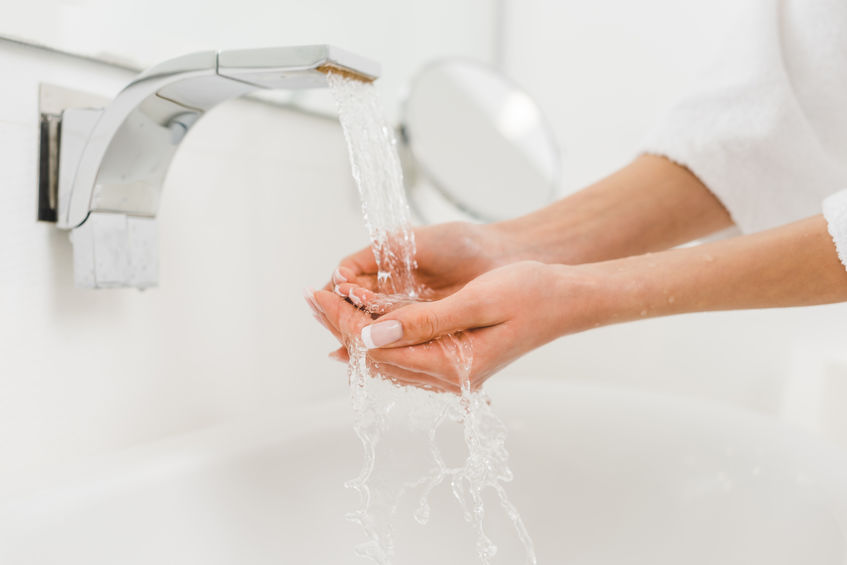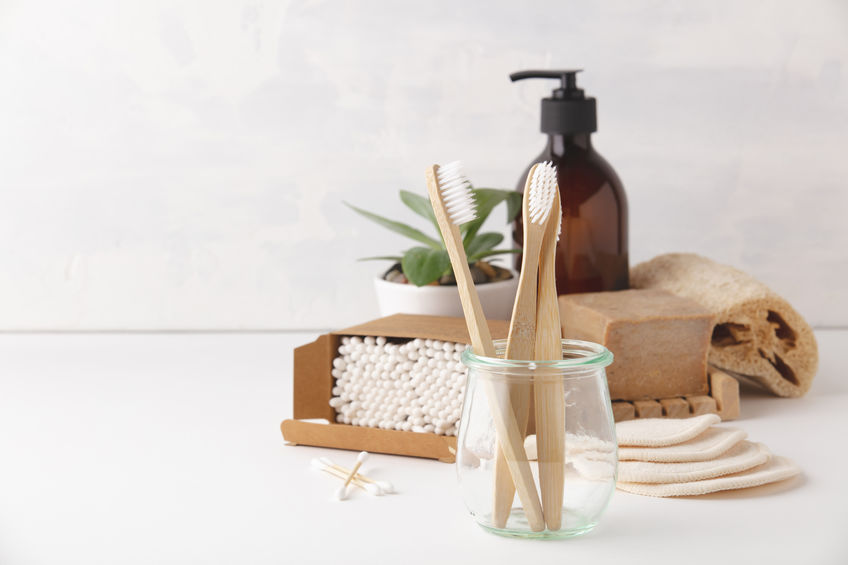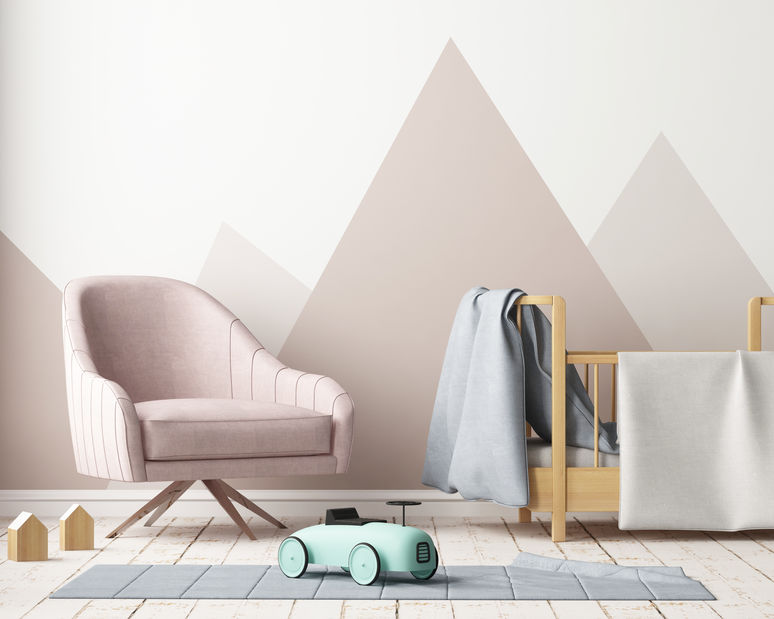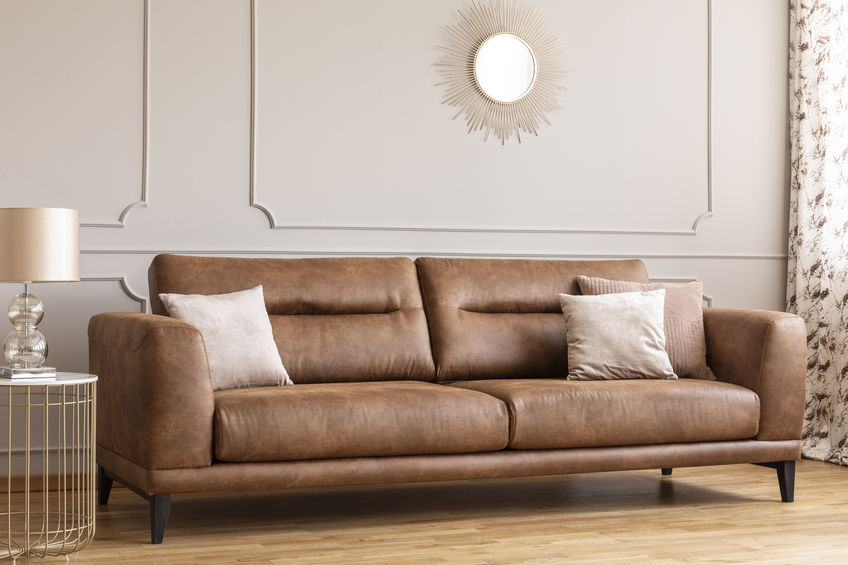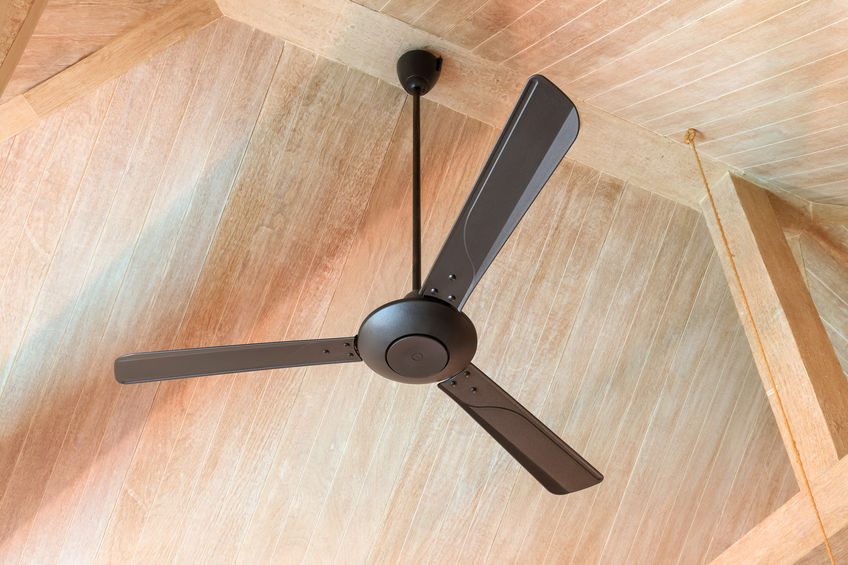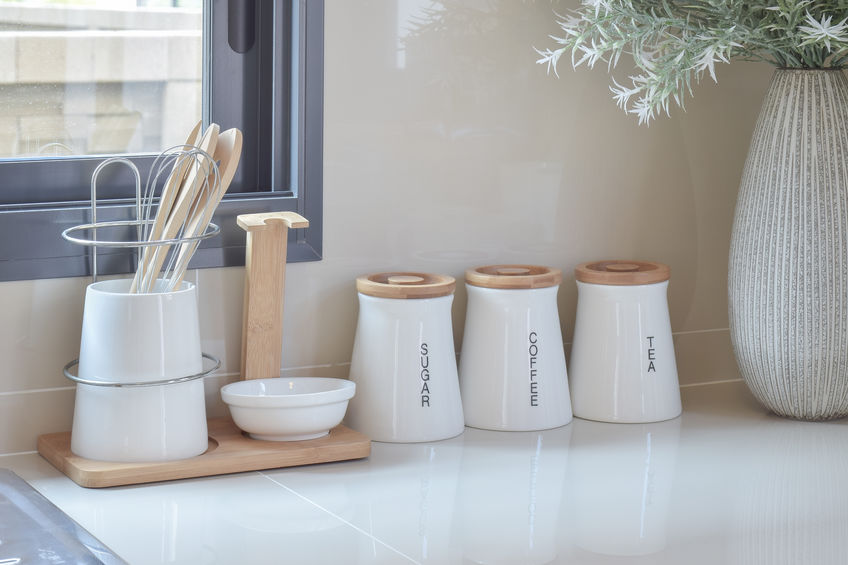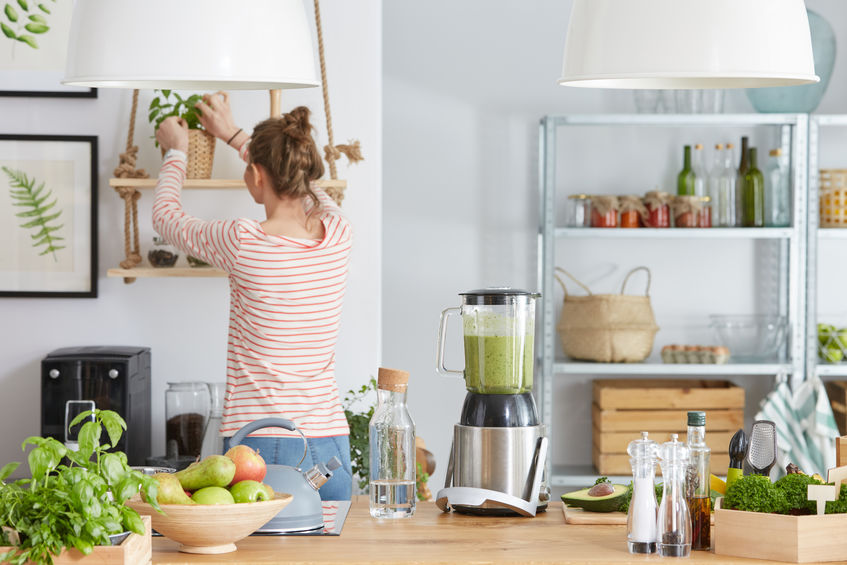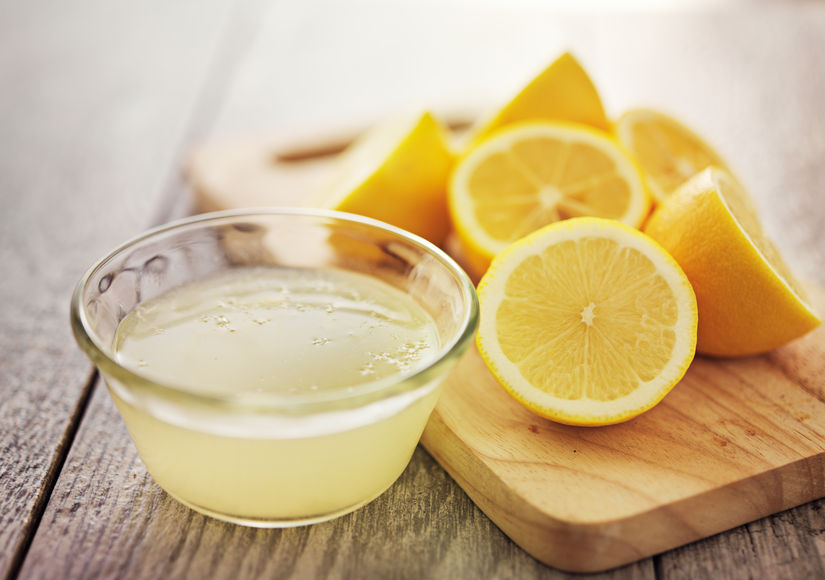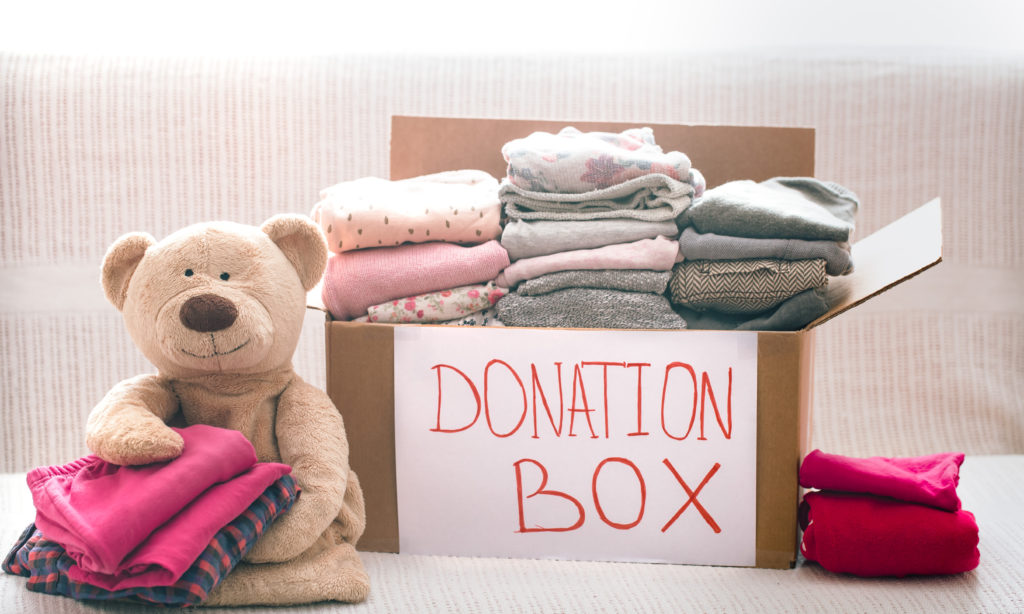
Sure, we’ve all donated clothes at some point, or had a garage sale and parted ways with old garments for a few bucks. If you’ve recently cleaned out your closet you might have discovered that many of the items you no longer want still have a lot of life left in them. Perhaps you even paid a lot of money for them and you can’t stand the thought of them ending up in a garage sale box. If so, consider these great suggestions.
Donate
“Old-reliables” such as Goodwill and Salvation Army* are always a great place to start. But there are some more specific organizations out there that would find women’s clothing especially beneficial. Look for career development organizations that empower underprivileged women to find stable, well-paying jobs. They need career wear to help these women look their best on interviews and at work.
If you have beautiful gowns or dresses hanging around, look for organizations that serve underprivileged teens who have hopes of attending formal dances in high schools. Even if the dress isn’t the exact style they have in mind, it might be a great starting piece that can be reinvented at the hand of a crafty seamstress who donates her time.
Also, consider women’s shelters in general. They often provide a haven for women and children who had to flee without the opportunity to bring along personal belongings. If you’re not sure where to find these organizations try online resources such as Charity Watch or Charity Navigator. Not only will you feel great about taking the time to find someone truly deserving, but you can also keep a record and report them as a write-off at tax time!
Host a fabulous swap party at your home or a local restaurant
The only imperative part of this is that you give everyone plenty of notice. Think about how much work it is to clean out your closet! Your guest will need enough time to get their closet purge project done before attending your party. Other than that, this is a super easy and fun way to de-clutter your closet. Simply invite everyone and serve a few goodies and beverages. Devise a basic system for the trade process and let the fun begin!
*Fulton Homes is not affiliated with or suggesting any particular organization. These are ideas to inspire you to do the most good.

